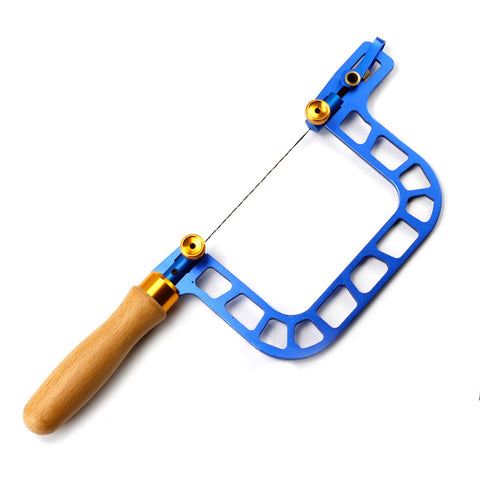Woodworking is a craft that requires precision, skill, and the right tools. Among the essential tools for any woodworker, a saw plays a crucial role in shaping and cutting wood. However, with a wide variety of saws available, it can be overwhelming to determine which one is best for woodworking. In this article, we explore the different types of saws and identify the one that excels in woodworking tasks.
The Quest for the Perfect Saw
Woodworking involves a range of tasks, including crosscutting, ripping, mitering, and more. Each task requires a specific type of saw to achieve optimal results. Some common types of saws used in woodworking include the table saw, circular saw, band saw, jigsaw, and miter saw. While each saw has its unique advantages, one stands out as the best all-around saw for woodworking: the table saw.
The Mighty Table Saw
The table saw is often considered the heart of a woodworking shop. It consists of a circular saw blade mounted on an arbor that protrudes through the flat surface of a table. The user feeds the wood into the blade, allowing for precise cuts along the length or width of the material. Here's why the table saw is the top contender for woodworking tasks:
- Versatility: The table saw offers unparalleled versatility in woodworking. With the ability to make rip cuts, crosscuts, bevel cuts, and even compound cuts, it allows woodworkers to tackle a wide range of projects. Its adjustable fence and miter gauge enhance accuracy and repeatability, making it suitable for both simple and complex woodworking tasks.
- Precision and Control: The table saw provides exceptional precision and control, thanks to its stable and rigid design. The flat table surface, combined with the fence and miter gauge systems, ensures accurate and consistent cuts. Woodworkers can achieve straight, clean cuts with ease, enhancing the overall quality of their projects.
- Safety Features: Modern table saws come equipped with safety features such as blade guards, riving knives, and anti-kickback devices. These safety mechanisms help prevent accidents and protect the woodworker during operation. Additionally, the table saw's stationary design reduces the risk of user error and improves overall safety in the workshop.
- Efficiency and Productivity: The table saw's power and efficiency allow woodworkers to complete tasks quickly and efficiently. Its robust motor and large cutting capacity enable the cutting of thick and wide boards effortlessly. This speed and efficiency make the table saw ideal for high-volume production, where productivity is crucial.
- Wide Range of Accessories: The table saw offers a vast array of accessories that further expand its capabilities. From dado blades for creating grooves and rabbets to sleds and jigs for specialized cuts, woodworkers can enhance their table saw's functionality to suit specific project requirements.
While other saws have their merits in specific woodworking tasks, such as the circular saw for portability or the band saw for intricate curves, the table saw's versatility, precision, and overall performance make it the top choice for woodworking. It is an investment that pays off for both professional woodworkers and hobbyists alike.
In conclusion, when it comes to woodworking, the table saw reigns supreme as the best all-around saw. Its versatility, precision, safety features, and efficiency make it the go-to tool for a wide range of woodworking tasks. While other saws have their place in specialized applications, the table saw's ability to handle various cutting operations with accuracy and control sets it apart. Whether it's ripping, crosscutting, or making complex bevel cuts, the table saw delivers the power and performance that woodworkers need to bring their projects to life.

